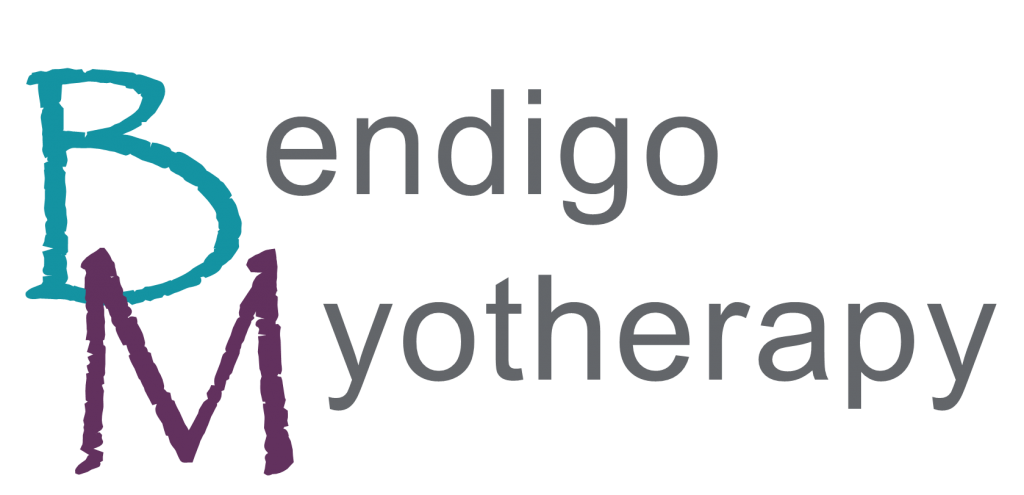Our Services
Myotherapy is a physical therapy that provides expert assessment, treatment and management of the soft tissue structures within the body, this includes muscles, tendons, fascia and ligaments. The aim of myotherapy is to reduce or stop pain, restore and maintain optimal soft tissue function, to prevent injuries and accelerate healing. While the myotherapy treatments focus on the soft tissue system, they also provide benefits to the nervous, skeletal, circulatory and lymphatic systems.
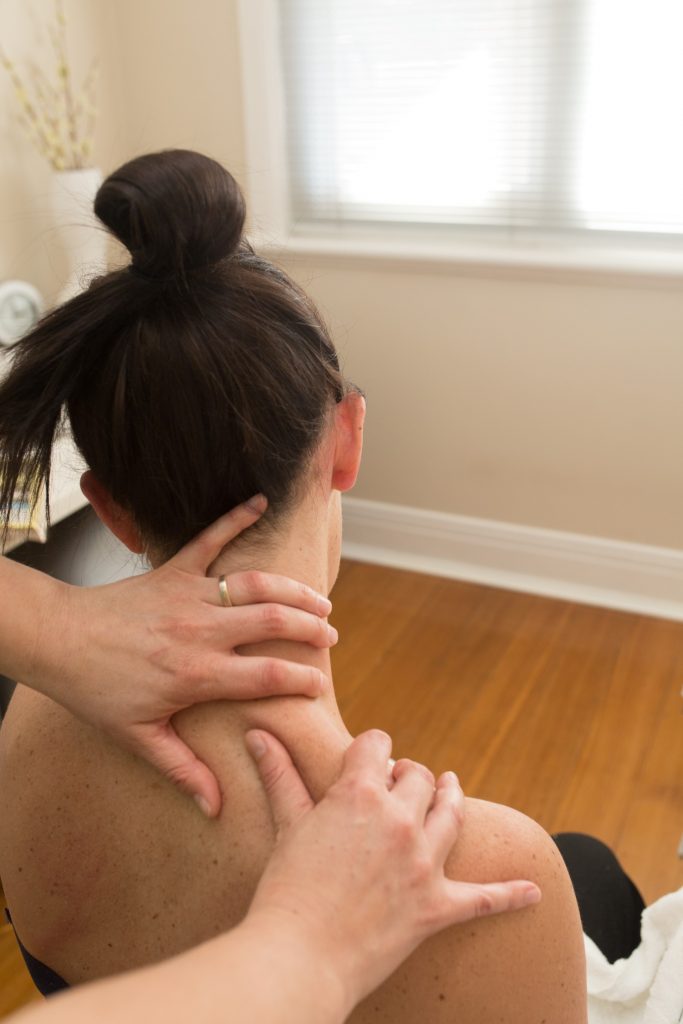
Soft Tissue Manipulation &
Trigger Point Therapy
Hands on treatment involving palpation, specific deep tissue massage, trigger point therapy and cross fibre friction. These techniques help to deactivate trigger point referral; reduce pain, align scar tissue formation, relieve muscle tension, adhesions and spasms; and reduce post exercise soreness. This form of treatment also provides widespread benefits to the vascular, lymphatic and nervous systems.
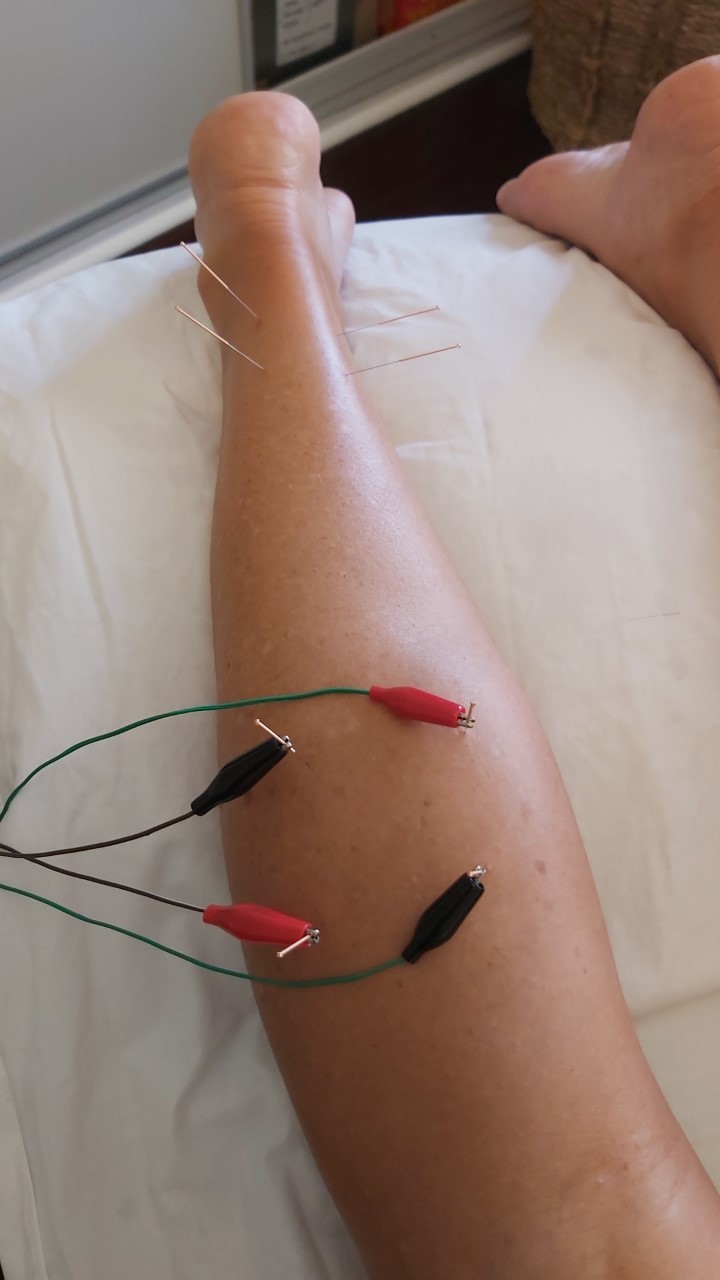
Electromechanical Stimulation
A TENS machine is used to stimulate cellular activity and accelerate the rate of healing. Pads are used to stimulate superficial muscles and tissues, whereas TENS penetrates the deeper tissues when combined with Myofascial Dry Needling.

Orthopedic Testing
Is a diagnostic method used in which a range of tests are performed. These assess the structural and functional integrity of the muscles and joints and identify the cause of the presenting symptoms.
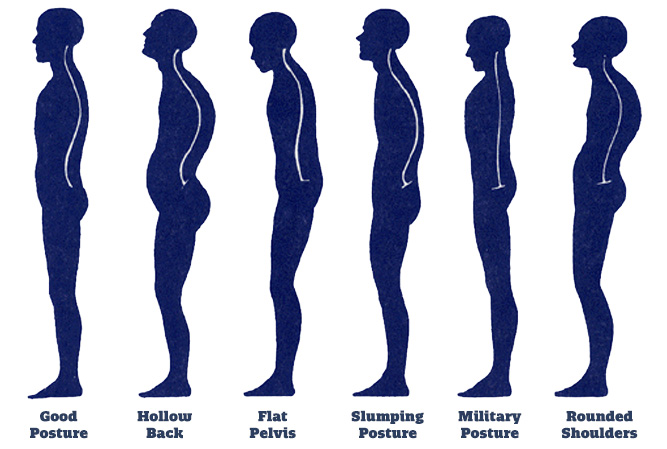
Postural Assessment
Musculoskeletal alignment is observed to identify structural abnormalities, muscle imbalances and possible aggravating activities that have any correlation to the presenting condition.

Corrective Excercises
Exercise programs are designed for individuals to strengthen weak muscles and muscle groups. There is often a direct association between muscle weakness and pain. Once weakness has been identified, programs help improve posture, normalise body movement patterns, enhance sporting performance, prevent injuries and reoccurrence of injuries.
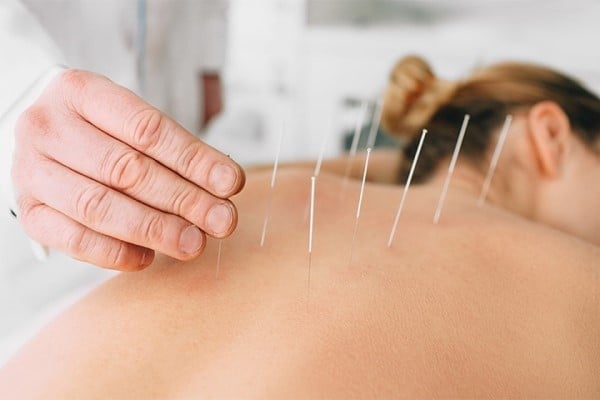
Myofascial Dry Needling
Acupuncture needles are inserted into muscles to deactivate Trigger Points, increase blood flow and accelerate healing. It is thought that Dry Needling also inhibits abnormal nerve activity which can cause focal regions of muscle tension that is often present in chronic conditions.
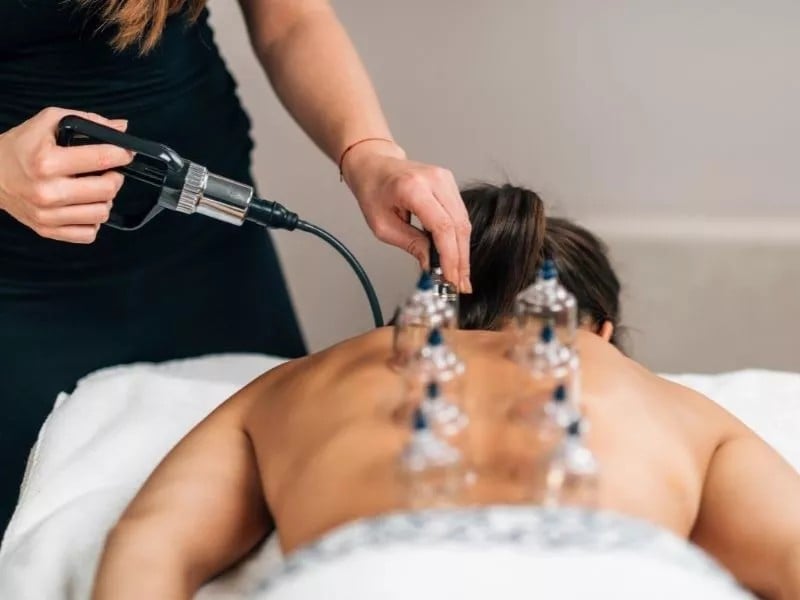
Cupping
Enhances localised blood flow and provides a unique style of stretch that is particularly effective with the fascia throughout the body.
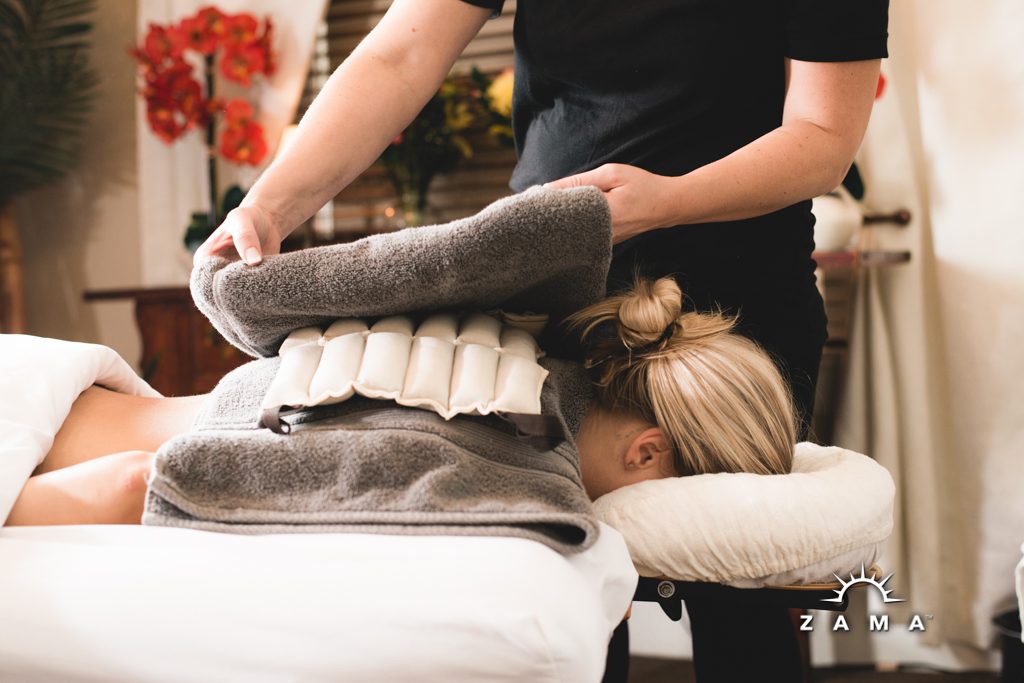
Thermal Therapy
The application of Heat and Cold are used in conjunction with other treatment modalities to increase or inhibit blood flow and inflammation.

Stretching
Is one of the most effective methods of reducing muscular tension and is used during treatments in various forms to decrease taught bands and trigger point activity. Specific stretching programs are written for individuals to increase self-management of conditions and prevent reoccurrence of symptoms. Regular stretching maintains flexibility and elasticity of the muscles and provides ‘an early warning sign’ to identify muscular dysfunction before symptoms of pain begin.
Additional Services
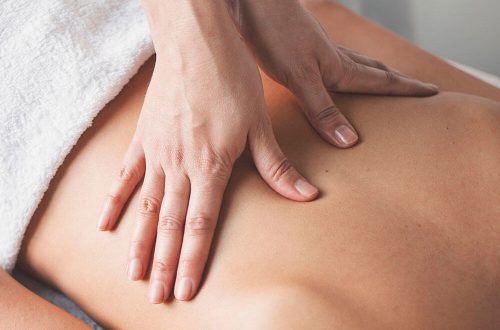
Relaxation Massage
Relaxation massages use comforting and soothing techniques to stimulate the body, and can release positive hormones such as dopamine and endorphins.
Techniques include:
Deep tissue massage & trigger point therapy.
Strengthening & stretching exercises.
Joint mobilisations and myofascial release.
Assisted stretching.
Relaxation Massage – use comforting and soothing techniques to stimulate the body,
Can release positive hormones such as dopamine and endorphins.
Stress
Tight and painful muscles
Post-exercise soreness
Pain or tingling in your arms or legs
Injuries
Secondary pain
Injury prevention
Pain or restriction in joints
Fluid retention
Postural problems
The ill effects of restricted activity

Manual Lymphatic Drainage (MLD) is a specific technique used to facilitate and accelerate the flow of lymphatic fluid (lymph) around the body. The Lymphatic system is the body’s primary defence against disease and infection. It is also effective in detoxifying the body by transporting metabolic waste, oedema, toxins and bacteria out of the body. A congested or blocked lymphatic system can result in fatigue and poor health.
MLD was pioneered by Emil Vodder in the 1930s at a time when very little was understood about the lymphatic system. He developed a sequence of careful hand movements that stretch and twist the skin/connective tissue that are to be applied at a precise pressure best suited to stimulate lymph flow. Since the 1930’s a lot has been learned about the lymphatic system, Vodder’s techniques while refined by science are still the basis of most MLD techniques used today.
Anatomically, the lymphatic system is a major organ of the body’s immune system. It is made up of the lymphatic vessels, lymphoid tissues and organs. Lymph flow relies on pressure from movements in skeletal muscle as well as the diaphragm movement with breathing. Generally speaking the lymphatic system on its own can circulate 1.5 – 3 litres of fluid a day, whereas the efficient activation of lymph circulation can increase this figure to 15 – 30 litres per day. MLD directly affects the lymphatic vessels and nodes through manually stimulating lymph circulation.
As not all fluids are reabsorbed directly back into the blood stream, lymphatic capillaries ‘mop up’ the substances that have escaped from the blood. These substances (now called lymph) enter a vast network of lymphatic vessels which include one-way valves. The lymph is filtered through nodes, cleansing it before it renters the blood stream via two lymphatic ducts near the heart.
The filtering system in the nodes is quite remarkable and complex. In simple terms, there are cells within these nodes that attack and destroy unwanted micro organisms such as bacteria, viruses and other foreign invaders. Lymph nodes are often referred to as glands and found scattered throughout the body, including clusters in the neck, arm pit, groin and deep in the abdominal cavity.
MLD facilitates more effective processing of lymph by aiding it to cross physiological boundaries to functioning nodes where others may be congested. Depending on the condition you are being treated for, benefits generally include:
- Reduced Swelling/Oedema,
- Detoxification
- Reduction in Healing Time Post Surgery
- Reduction in Post Infection recovery time
- Pain Decrease
- Relaxation
Treatable conditions:
MLD can have a profound effect on the following conditions. The benefits can often be immediate and long term:
Fluid Retention | Acute Injury |
Pre Surgery | Post Surgery |
Excess Oedema/Swelling | Arthritis |
General Fatigue | Pregnancy swelling and Pain |
Lymphoedema | Fibromyalgia |
Chronic Fatigue Syndrome | Gastroenterology Disorders |
Boost Low Immune System | Sinusitis/Hay Fever |
Conditions Requiring Medical Clearance
While MLD is effective for a wide range of clients, it is not always advisable for everyone. If you have any of the conditions listed below, the clinic requires written approval from a medical practitioner before proceeding:
Malignant Tumours | Acute Viral or Bacterial Infection |
Acute Bronchitis | Heart Valve Insufficiency |
Thrombosis | Asthma Due To Heart Problems |
Very Low Blood Pressure | Localised Skin Changes |
Cervical Artery Sclerosis | Undiagnosed Abdominal Pain |
Hyperthyroidism | Crohn’s Disease |
MLD is recognised by western medicine as an effective form of treatment. It is used in many hospitals by Physical Therapists to treat a wide range of conditions. Published studies have proven the benefits of MLD for both Lymphoedema and post operative care for breast surgery. |
Important Information For Patients
At Bendigo Myotherapy 90 minutes is allocated for a fully body MLD consultation. While a full body is recommended as an initial MLD treatment a standard 45 minute consultation may be deemed appropriate when addressing specific conditions.
Tight garments impede lymph flow, so patients are advised to wear loose fitting clothes and under garments for 24 hours before and after a MLD treatment.
As MLD treatment accelerates toxin and waste removal from the body, patients may experience some minimal unpleasant after effects. These can include a feeling of tiredness and lethargy, various aches and pains, slight nausea, an increase in sinus discharge, more intense body odour, and dull headaches. Water is an essential part of toxin and waste removal from the body, drinking plenty of water will help reduce any of these effects.
Many people do not engage their diaphragm well, causing them to breathe shallowly. The MLD practitioner will explain further the importance of a full breath and give the client techniques to accomplish deep diaphragm breathing which can be used throughout the treatment and at home as a way to increase lymph flow.
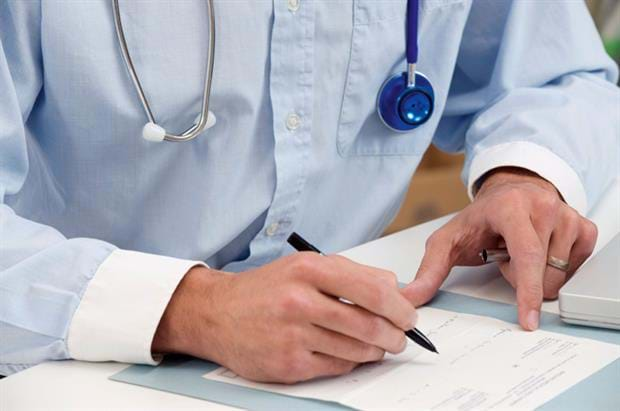
Referrals
Bendigo Myotherapy recognises that no one therapist or therapy can fix every problem. If your condition is one that Myotherapy can not fix entirely, we can still help you reach your health goals through our extensive network of local allied health professionals ensuring the comprehensive management of conditions and accelerated recovery.
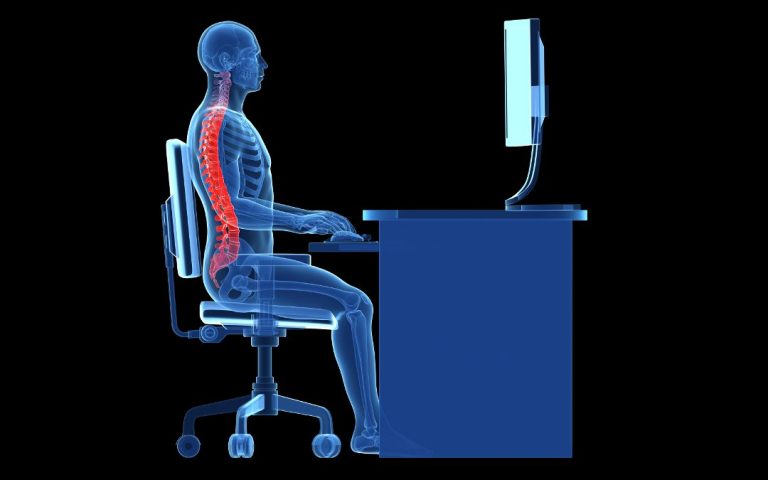
Advice
We have a wealth of knowledge on do’s and don’t with your body like office set up, sports nutrition and what other therapies may aid your recovery.
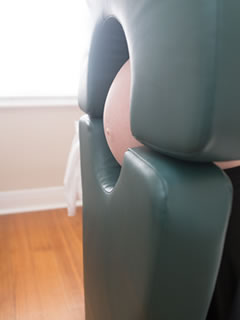
Pregnancy Cushion
As Myotherapists we are well qualified to treat through ALL stages of pregnancy. Be assured of extra comfort no matter the size of your bump when you lay on your stomach using the clinic’s pregnancy cushion. Massage services only available after the first trimester.
